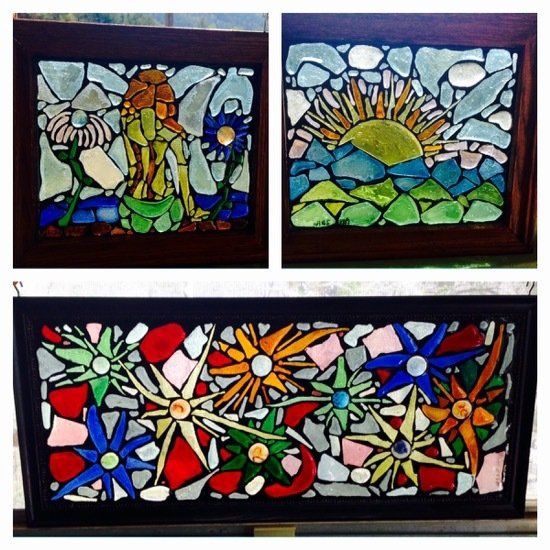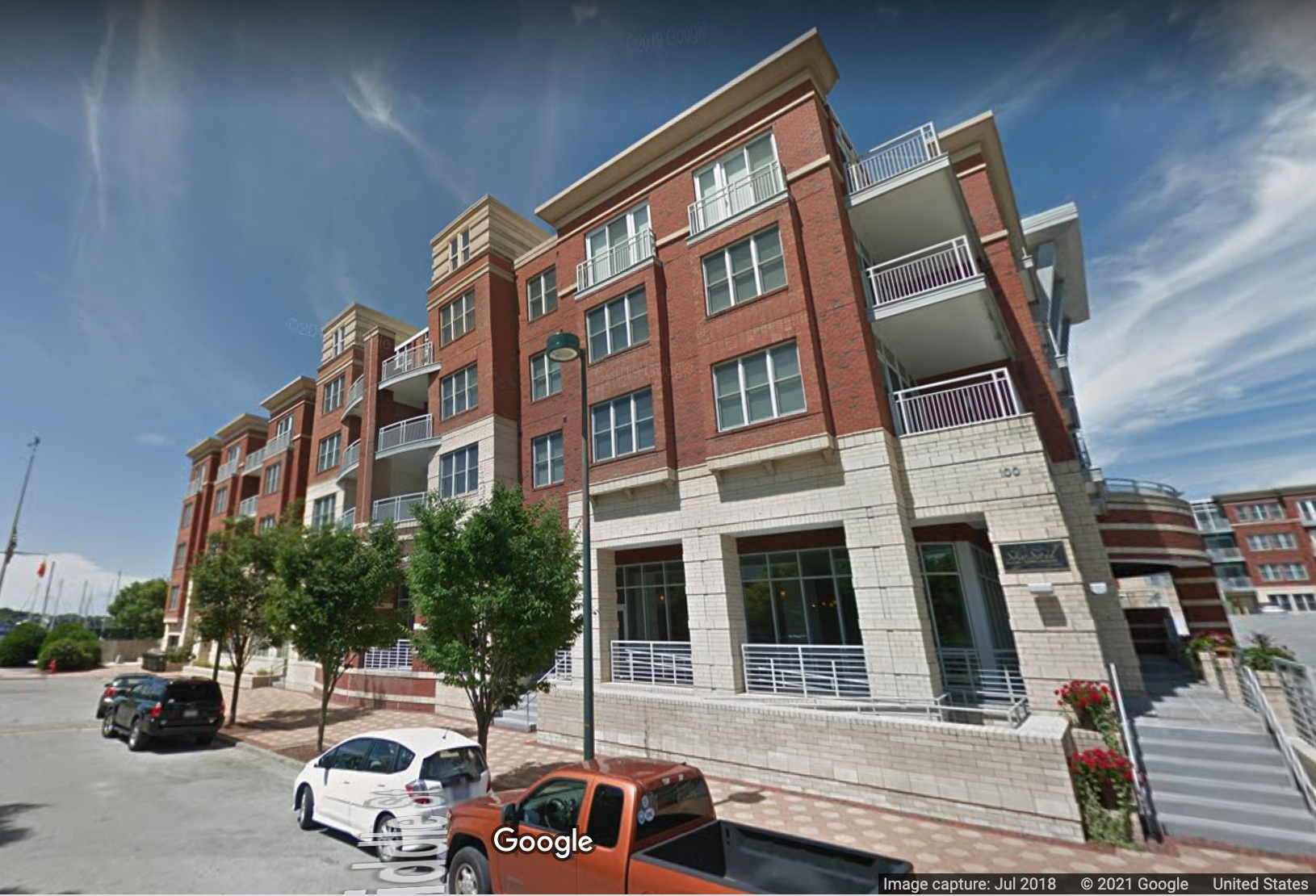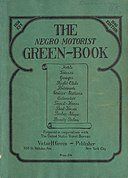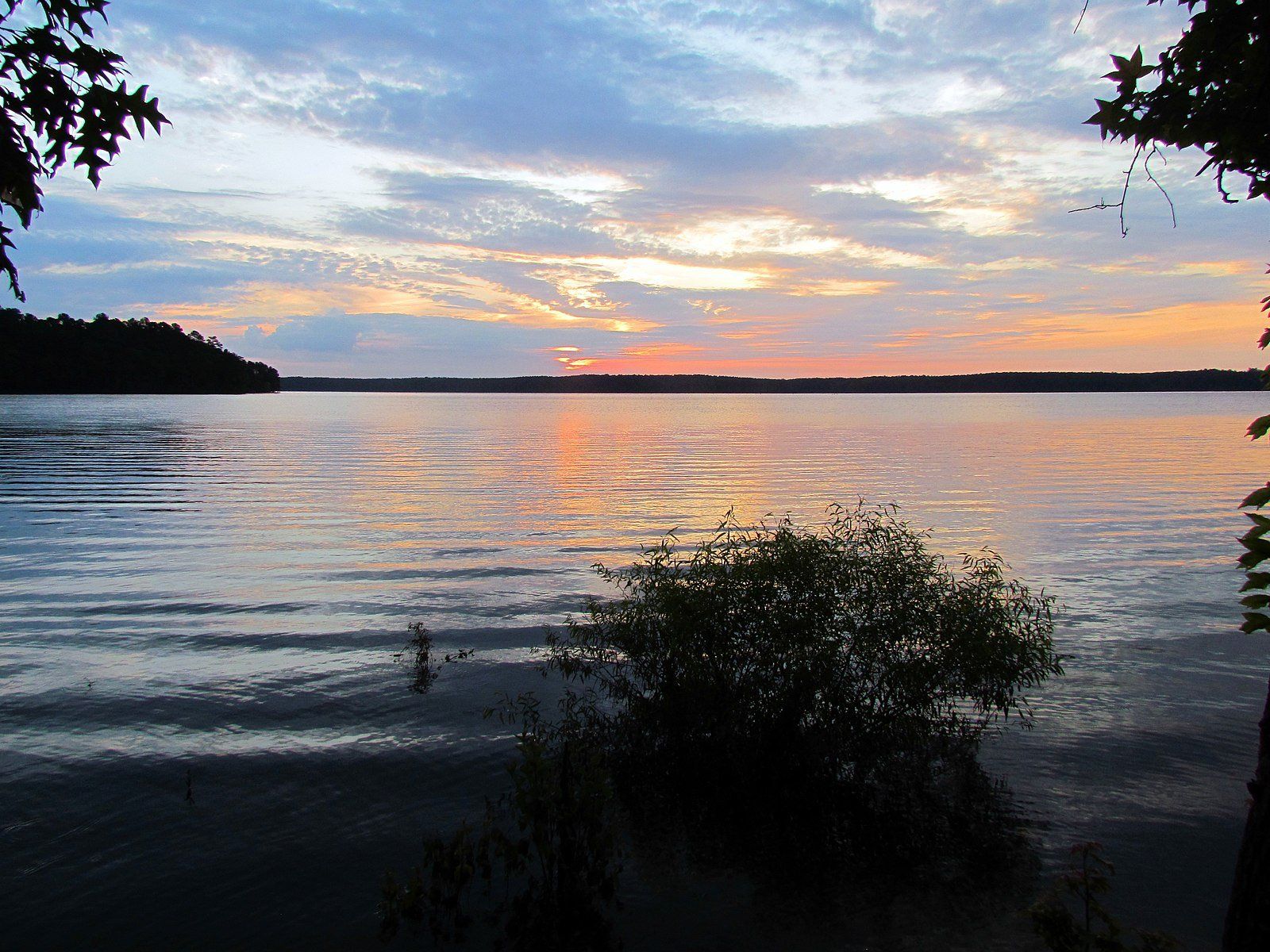First Flight Foundation commissions Wright 1908 airplane for NC Museum of History
Gift Honors North Carolina’s first director of aviation
North Carolina not only has the distinction for the world’s first powered flight, but also stakes claim to America’s first passenger flight, May 14, 1908.
The 1908 chapter of the North Carolina-Wright story is finally being told thanks to the continued partnership of the First Flight Foundation and the North Carolina Museum of History.
A full-scale reproduction Wright 1908 airplane is currently under construction and slated for a fall 2022 installation in the museum. The Wright 1908 aircraft will join the museum’s reproductions of the Wright 1903 airplane and the Wright 1902 and Wright 1911 gliders.
The North Carolina Museum of History owns the Wright 1903 and Wright 1911 aircraft; the Wright 1902 is on extended loan from the National Park Service, Wright Brothers National Memorial.
“The North Carolina Museum of History is excited and anxiously awaits the arrival of the Wright 1908 into our Wright aircraft collection. The museum will use the 1908 to tell the complete story of the Wright Brothers’ work and experiences on the North Carolina Outer Banks from 1900-1911,” said Ken Howard, Director, North Carolina Museum of History.
The First Flight Foundation (hereafter, Foundation) is funding and gifting the Wright 1908 airplane to the state via the North Carolina Museum of History (hereafter, Museum) in honor of Willard (Will) Gathings Plentl, Jr. (Lt. Col. Retired Air Force), the first director of North Carolina Aviation and immediate former president of the First Flight Foundation.
Plentl began his eternal soar with the eagles March 2019. Ann Plentl, his beloved wife, joins the Foundation in this announcement.
“The Wright 1908 airplane and the 1908 Kitty Hawk test flights continued engineering development and the science of flight, and refined pilot training leading aviation to practical implementation and commercial enterprise, remarked L. Ferguson (Ferg) Norton, USN RADM (RET), president, First Flight Foundation.
“The addition of the Wright 1908 to the NC Museum of History enriches our state and aviation history not only through a beautiful aircraft, but more importantly ensures that the NC Wright brothers story and the lessons therein are told, shared today, and preserved for future generations,” added Norton.
The Wright 1908 airplane is being built by Rick and Sue Young of Chester, VA.
The Wright 1908 is their 20th aircraft and the second for the museum. The Youngs built the Wright 1911 Glider currently displayed aerially in the museum lobby.
The Wright brothers made the first powered, sustained, controlled, manned flight in Kitty Hawk, NC Dec. 17, 1903. The First Flight photograph is one of the most recognized photographs world-wide, yet there are volumes of lesser known historically rich chapters in the Wrights’ story.
After the December 17, 1903 flights, the Wrights returned home to Ohio and resumed their aviation experiments to refine the airplane, utilizing Huffman Prairie for flights. They declared their 1905 aircraft the first practical airplane.
By the spring of 1908, the Wright brothers had signed contracts for airplane sales to the U.S. Army and a French syndicate. The contracts required that the aircraft have the capability to carry a passenger. This would require the pilot to be seated upright, and therefore also an upright control system. The lengthy flights of 1905 demonstrated both the physical and time limitations of operating in the prone position. The contracts also included distance, speed, and fuel capacity requirements.
The Wright Flyer III 1905 was modified to meet the contract requirements.
The original 1905 Wright Flyer III airplane, rebuilt in its original configuration, is displayed in Carillon Park, Dayton, Ohio. “It is hailed as one of the most historic of the world’s aircraft," noted Dr. Tom Crouch, Senior Curator, Emeritus, Smithsonian Air & Space Museum.
Having not flown since 1905 at Huffman Prairie, OH, the Wrights returned to Kitty Hawk, NC, to test their modified Wright Flyer III 1905/1908 airplane.
On May 6, 1908, the Wrights returned to the Carolina sky and over the next eight days made 22 flights testing the new airplane.
On May 14, 1908, Wilbur flew aloft with a passenger, Charles Furnas, a Wright mechanic accompanying the brothers from Ohio. Subsequently, Furnas was the passenger on a flight piloted by Orville.
Unlike the 1903 flights, these flights were witnessed by several media correspondents.
America, by way of Kitty Hawk, North Carolina, just recorded its first passenger flights.
The sands of Kitty Hawk saved Wilbur’s life and aviation history, as we know it.
The afternoon of May 14th Wilbur embarked on a long flight. Seven minutes into the flight the reporters noted that they could no longer hear the engine or see the airplane as it was beyond the side of Little Hill. They assumed Wilbur had landed just beyond and that flying was over for the day; but, no, an issue with the elevator control sent the airplane diving straight into the sand at 41 mph.
The reporters had missed the crash. They received accounts of the accident from the members of the Kill Devil Hills Life Saving Station. Making the best of the information available, the crash became front-page news. This front-page coverage included that the Wrights had destroyed their only machine and that they were now in dire circumstances to fulfill contract obligations at home and abroad. Both claims were false.
Had this crash happened anywhere other than on the sands of Kitty Hawk, the airplane would have been destroyed and Wilbur assuredly would have suffered a critical, if not a fatal blow. Instead, Wilbur only suffered severe bumps and bruises. The airplane was a wreck, but the Wrights retrieved the pieces including the heavy components of the engine and transmission and shipped the wreckage back to Dayton.
Contrary to media reports this was not their sole machine. The Wrights had shipped this same aircraft to France in July 1907, a year in advance, to prepare for demonstrations in France for contract obligations and potential sales.
Wilbur leaves Kitty Hawk traveling directly to France, arriving May 29. He sets up operations at the Le Mans racetrack.
Orville returns to home to Dayton to address multiple business matters, makes final preparations for his aircraft, and travels to Ft. Myer, VA, arriving August 20.
This marks the first time the Wrights are separated.
August 8, 1908, Le Mans, France. Wilbur said that the day was the “finest day for a first trial he had for several weeks…I thought it would be a good thing to do a little something”.
The little something sent the world into aviation frenzy and launched the Wright brothers as the world’s first international celebrities.
The most wonderful flying machine that has ever been made-The London Daily Mirror.
The European flights dispelled the doubts of the Wrights claims to have flown and that indeed they had accomplished all that they had professed and proved their mastery of the air.
The Wright 1908-1909 chapter will continue as the aircraft’s build-out progresses and in conjunction with the related historical dates. The story and updates will be provided via the multiple outlets of the North Carolina Museum of History, the First Flight Foundation, NC DOT Aviation, and NC Skybrief.
This is the third Wright project between the Foundation and Museum.
In 2014, the Foundation awarded the Museum grant funding to procure the Wright 1911 Glider, the “star” aircraft of the 2011 Soaring 100 celebration of Orville Wright’s 1911 soaring flight of 9 minutes 45 seconds which set a standing 10-year world record.
In 2016, the Foundation funded the engineering, cradle manufacture, and temporary installation of the Wright 1903 airplane from the visitor center of Wright Brothers National Memorial (WBNM) as the facility was renovated. The 1903 airplane returned to WBNM late 2018. The memorial’s visitor center re-opened to the public October 20, 2018.
The cradle constructed for this temporary aerial display of the WBNM 1903 airplane was designed in preparation to display the Wright 1908 aircraft.
Copyright © 2021 New Bern Post LLC, All Rights Reserved.









